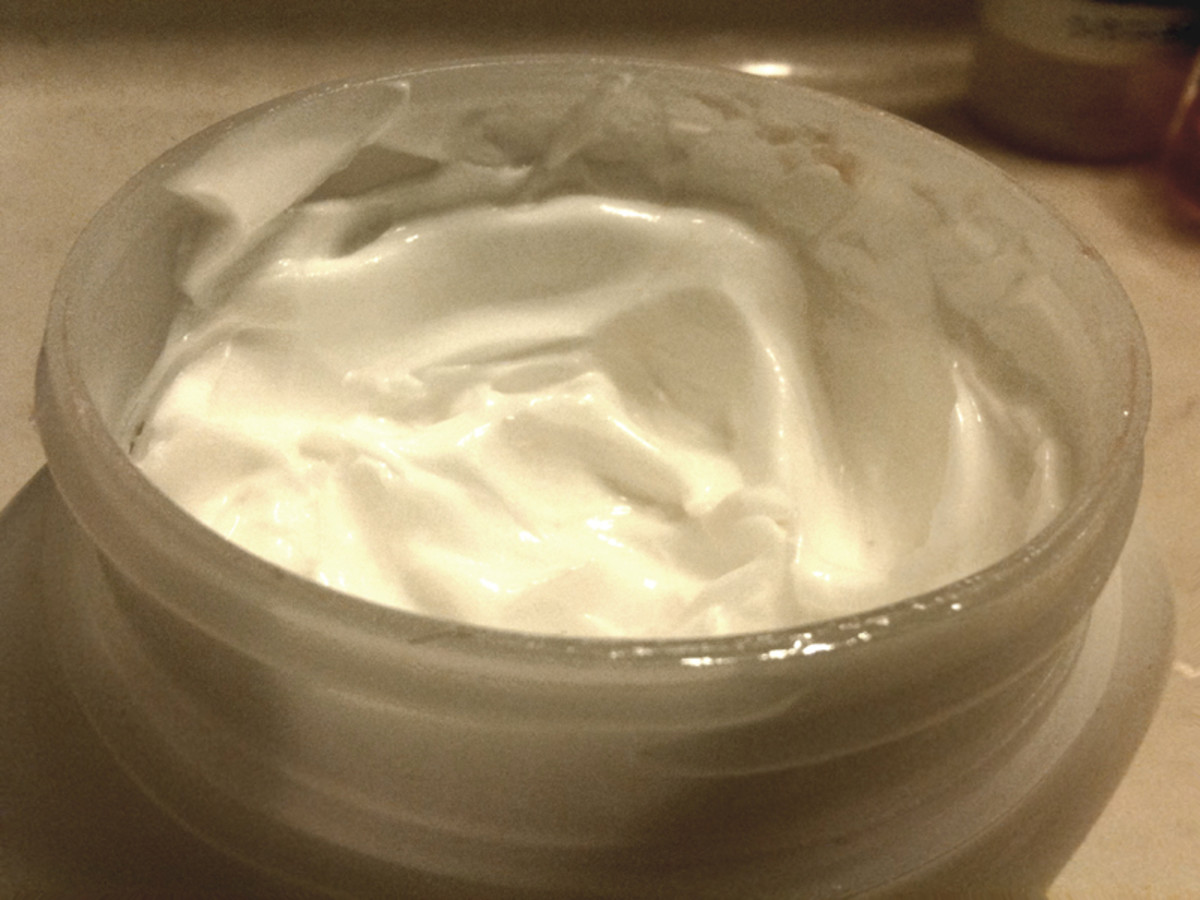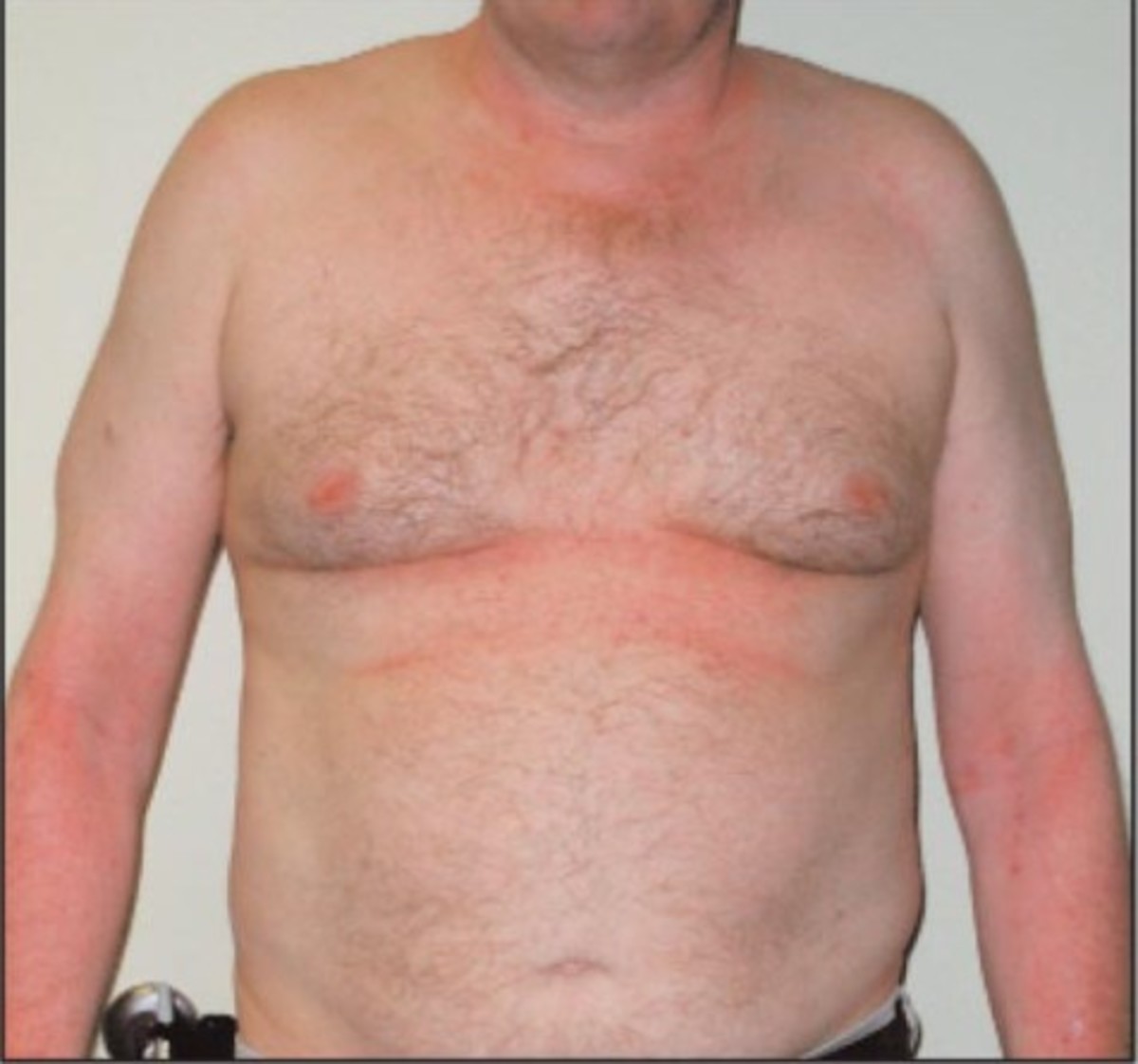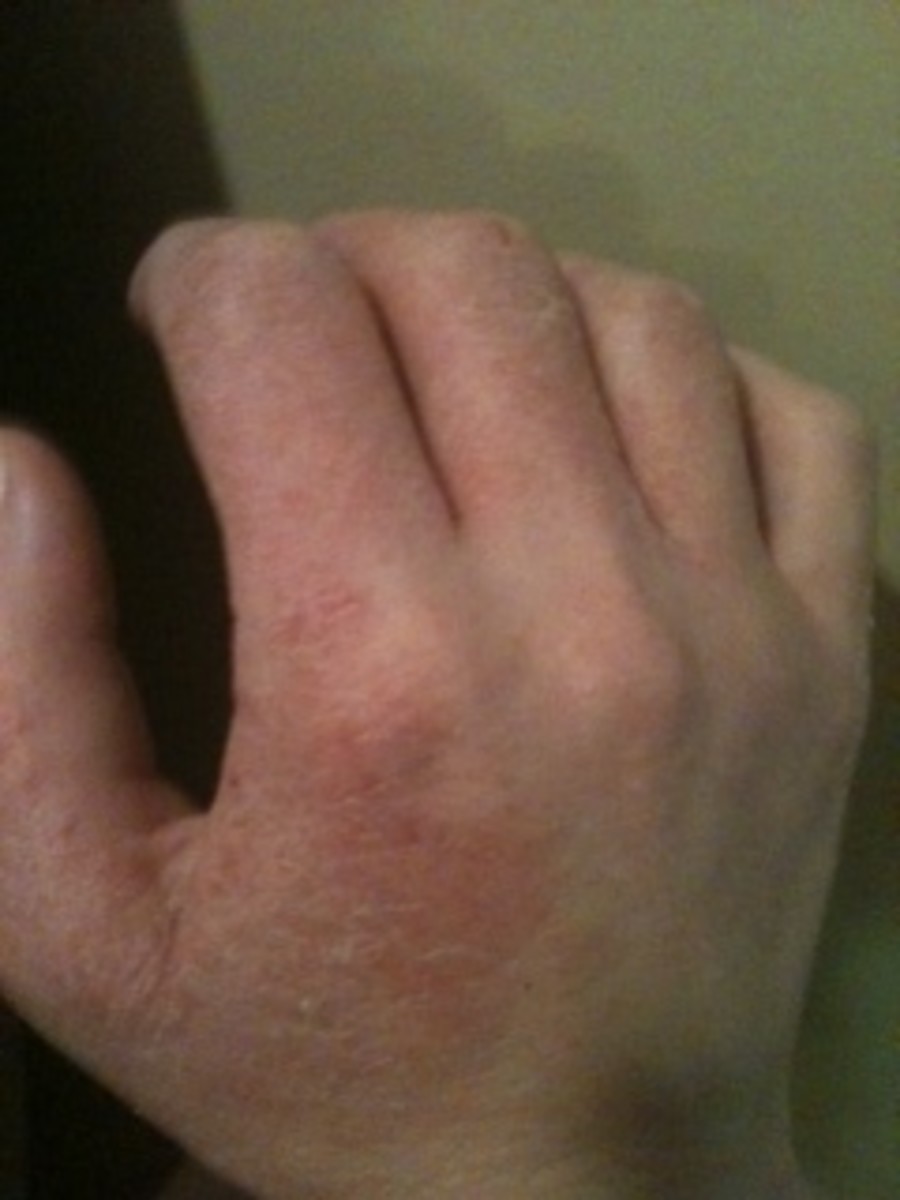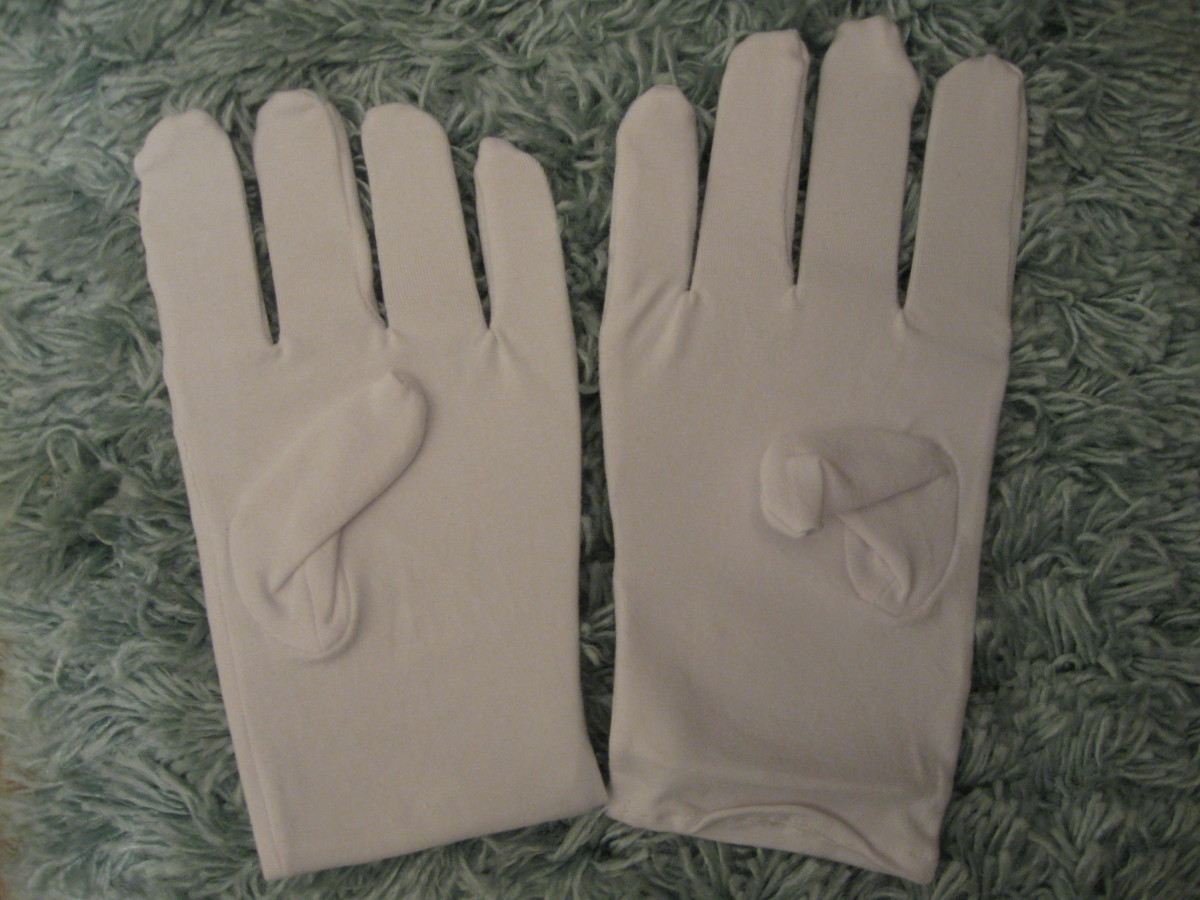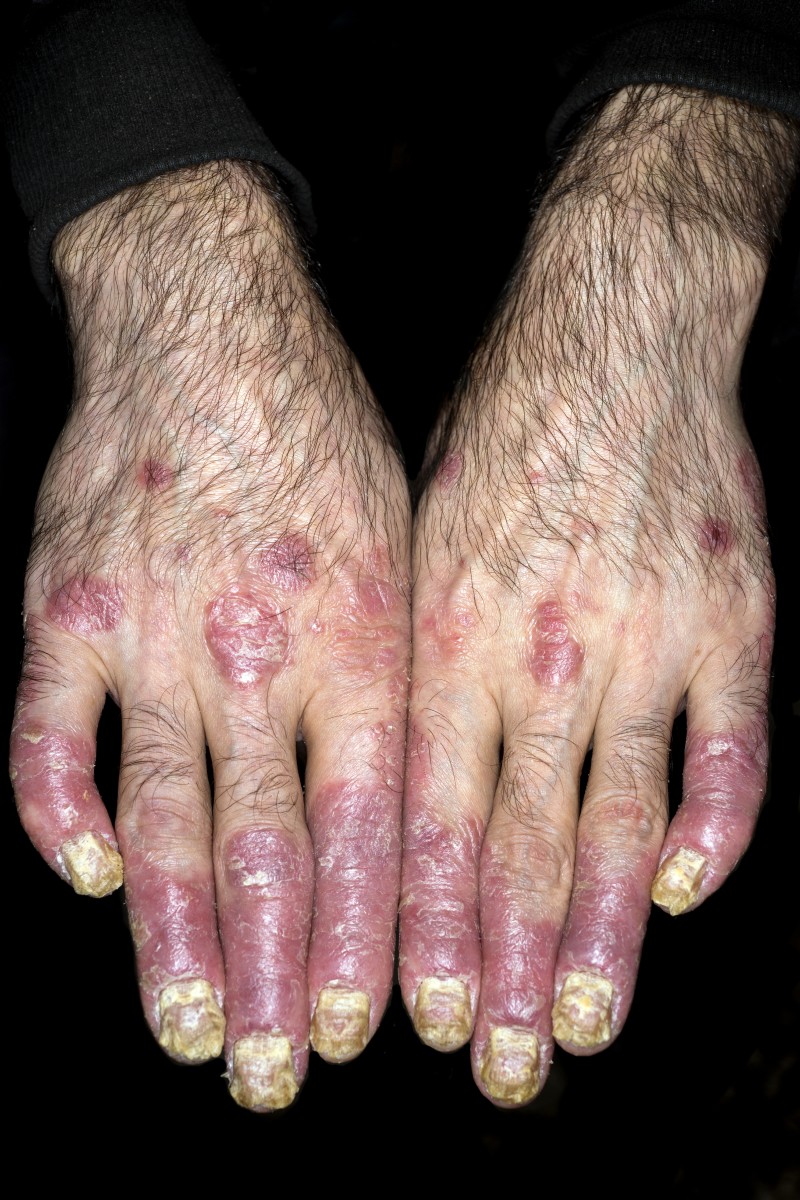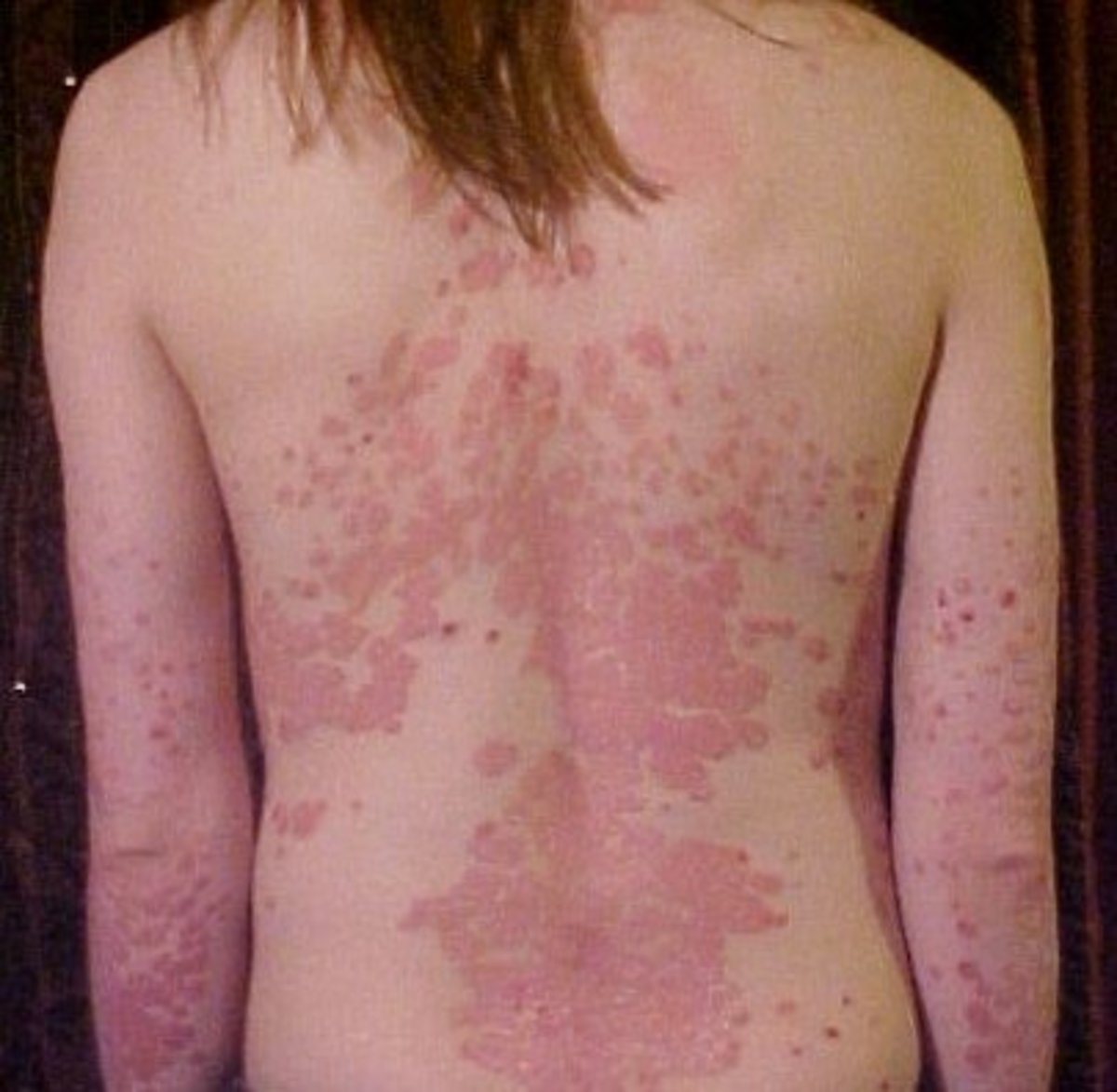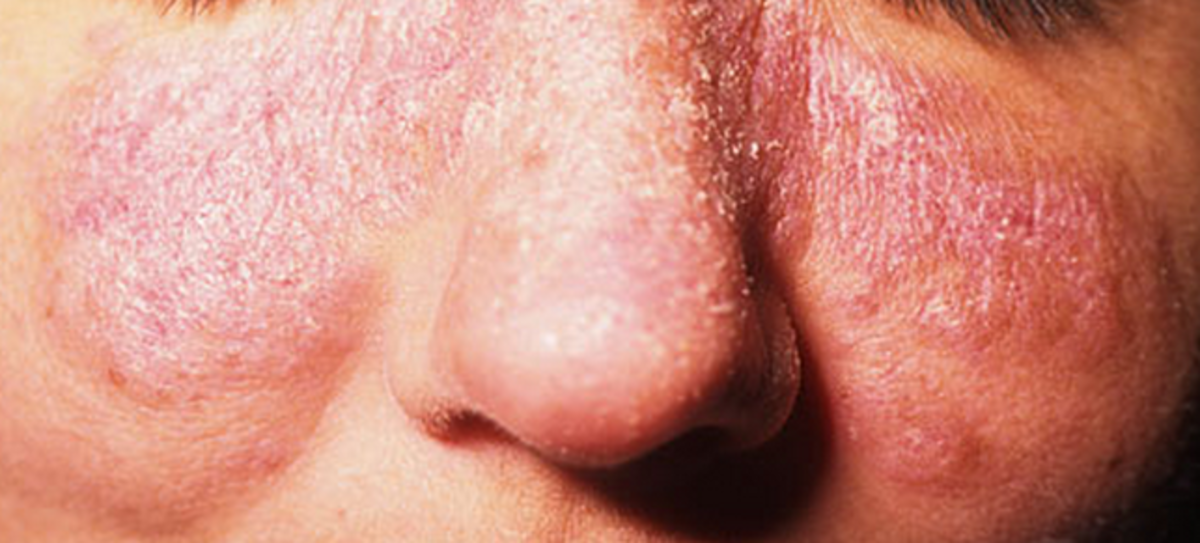- HubPages»
- Health»
- Diseases, Disorders & Conditions»
- Skin Diseases & Conditions
Dermatitis And Eczema: The Health Significance Of The Different Forms Of Dermatitis
Photodermatitis

Photodermatitis
The different forms of dermatitis are: photodermatitis, contact sensitization dermatitis and infectious eczematoid dermatitis (Infective eczema).
Photodermatitis
The parts of the body exposed to the sun, eg, neck and dorsal aspects of hands, feet and back are affected more. The skin is sensitive to sunlight and ultraviolet rays. Exposure to light aggravates the lesions. Clinically, the lesions consist of erythematous and bullous rashes which heal in a week or two giving rise to pigmented scars which take several months to disappear. Common causes of photodermatitis are:
- Drugs like sulphonamides, chlorpromazine, tetracycline, diuretics, chloroquine, etc;
- Dietary articles, e.g figs.
- Several external applications e.g preparations containing sulphonamides or antibiotics, acridine dyes, tars, soaps containing bithionol, etc, cause photocontact dermatitis.
- Several plants and their products. The dermatitis develops as a result of exposure to sunlight during or following the contact with the plant.
Contact Dermatitis

Contact Sensitisation Dermatitis
Contact sensitization dermatitis develops within a few hours of contact with an allergen to which the patient has been previously exposed. The eruption develops briskly with edema and vesiculation and may spread beyond the areas of contact.
Common Causes: Several plants, eg. Marking nut, cashew nut, mango, ragweed, several vegetables, congress grass (Parthenium hysterophorus), etc, cause dermatitis. Clinically, the lesion develops with brisk edema and uniform vesiculation at the site of contact and these spread to other areas as well.
Cosmetics: Incidence of cosmetic dermatitis is on the increase. Hair dyes, lipstick, sandal paste, soaps, face creams, hair removers, perfumes, deodorants and several others can be incriminated.
Articles used for personal wear: Articles of daily used, eg, rubber chappals, spectacle frames, watch straps, furs, jewellery and clothes can also induce dermatitis.
Locally applied drugs: Almost any drug can lead on to contact dermatitis. Prominent among them are sulphonamides, penicillin, furacin, tincture benzoin, formalin, adhesive plaster and antiseptic lotions.
Industrial and occupational irritants: Several substances to which the patient may be exposed are capable of producing dermatitis. Diagnosis of contact dermatitis can be made by the history of contact with the offending agent, typical distribution of the lesions in several members exposed to the same substance. The causative agent can be confirmed by patch test.
Infective Eczema

Infectious Eczematoid Dermatitis (Infective Eczema)
These result from sensitization to infective agents like streptococci, staphylococci, dermatophytes and yeasts. These are common in hospital practice. The lesion is slow to develop. There is no vesiculation, but crust formation occurs instead. The patches are sharply defined and localized or may become confluent. They spread by contiguity along body folds and hair follicles. These are more common in hot summer months. They respond to antiseptic application but tend to recur at the same site even with mild irritation or trauma.
According to their distribution, infective eczema may be divided into the following three types.
- Post- traumatic infective eczema: This variety developes in the form of patches at sites of minor abrasion and infection or fungal infections, especially tinea pedis.
- Follicular infective eczema: This occurs over the hairy regions like the scalp, beard area, and legs. The lesion occurring over the scalp is also termed seborrheic dermatitis. The lesion starts as scaling patches (pityriasis capitis) and spreads. The underlying infective agents are streptococci and staphylococci. In the scalp, the infective agents may be fungi less commonly.
- Flexural infective eczema: This occurs at the body folds (flexures), eg retro-auricular region, eyelids, neckfolds, axillae, elbows, groins and popliteal fossae. The opposing surfaces are equally and symmetrically affected.
Conclusion
Photodermatitis, contact sensitization dermatitis and infective eczema occur more in the tropics and developing region but are not secluded to them as a significant occurrence has occurred in the west (Eastern Europe, Canada and Germany).
© 2014 Funom Theophilus Makama


